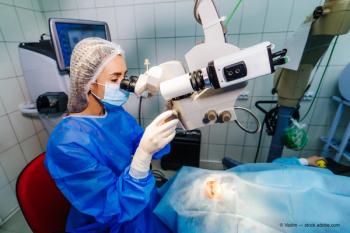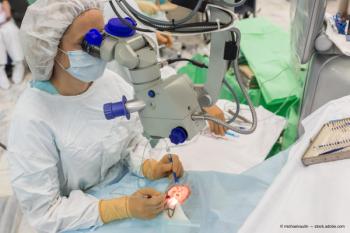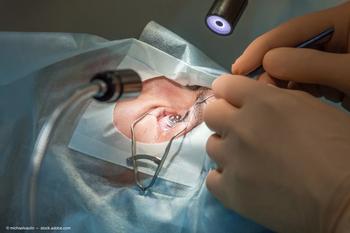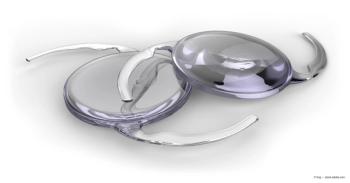
One surgeon shares the early results of his experience using the new TECNIS Eyhance and TECNIS Eyhance Toric II IOLs in performing the first post-FDA-approved cases in the U.S.

One surgeon shares the early results of his experience using the new TECNIS Eyhance and TECNIS Eyhance Toric II IOLs in performing the first post-FDA-approved cases in the U.S.
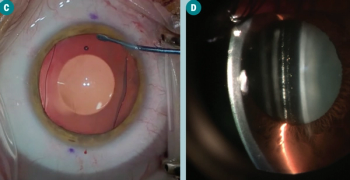
Phakic option provides hope to patients who are not candidates for laser vision correction.

Daniel H. Chang, MD, shares data on a recent study involving a new violet light-filtering chromophore in a preclinical computer simulation testing and randomized clinical study.
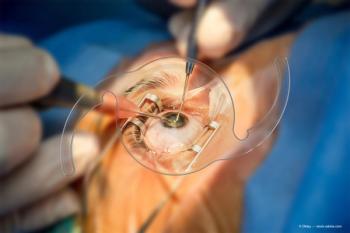
Phakic lenses are proving to be excellent additions to refractive practices.

Procedure increases lens stability and improves visual acuity in patients.

Robert Ang, MD, discusses highlights of his AAO 2020 presentation on a study analyzing the vIsual outcomes of a small-aperture IOL implantation in patients with a history of post-laser refractive surgery.
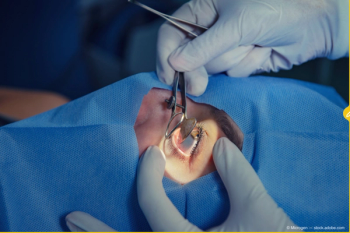

Daniel H. Chang, MD, speaks on the highlights of his presentation on "Violet Light-Filtering IOLs: Visual and Non-Visual Benefits," during the virtual AAO 2020 meeting.

Kristen Brotherson, vice president, US surgical marketing for Alcon, discusses some of the recent advances in cataract surgery-related technologies, including a new advanced lens for patients with presbyopia (AcrySof IQ Vivity IOL).

Optics block out-of-focus and stray light, allow continuum of vision.
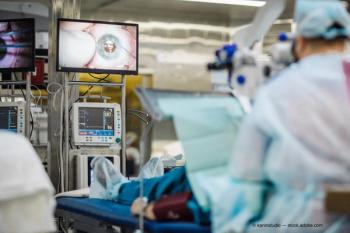
Benefits of intracameral phenylephrine/ketorolac continue to add up.

Monofocal toric lens delivers effective astigmatic correction and more, study results show

Investigators find value in screening for macular disease in preoperative evaluation
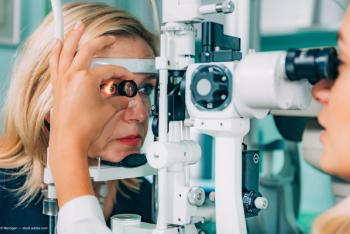
Checking own work postoperatively offers value to ophthalmologists
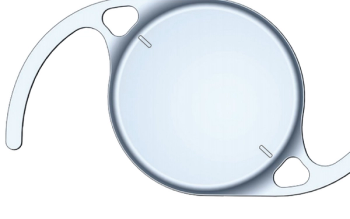
No matter the technology used, it is necessary to customize the implant choice based on the patient’s needs to achieve optimal refractive outcomes.
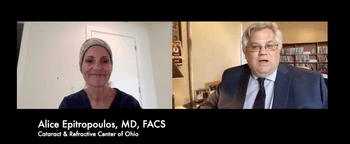
ICYMI: Alice Epitropoulos, MD, FACS, speaks on "Image quality or depth of field or both: Clinical outcomes from spherical aberration neutral monofocal toric IOL," during the 2020 ASCRS virtual meeting.
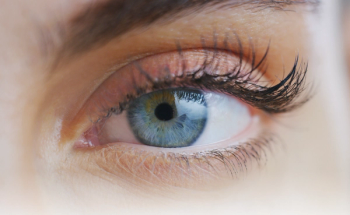
Researchers are looking for options to reduce corneal surface flora in patients

Just as evolving technology is changing patients' visual demands, eye-care providers should increase their awareness and efforts to fill current gaps.
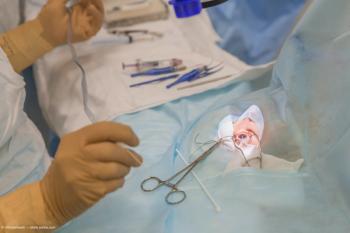
Patient expectations continue to push clinicians to look at optimal ways to arrive at the best IOLs.

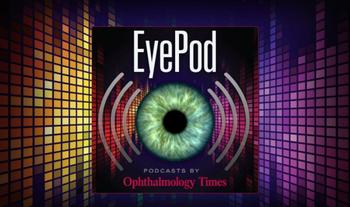
Dee Stephenson, MD, ABO, discusses the highlights of her presentation "Early Clinical Assessment of Aberration Neutral One-Piece Monofocal Toric IOL with Enhanced Optic Recovery and Alignment ORA" during the 2020 ASCRS virtual meeting.

